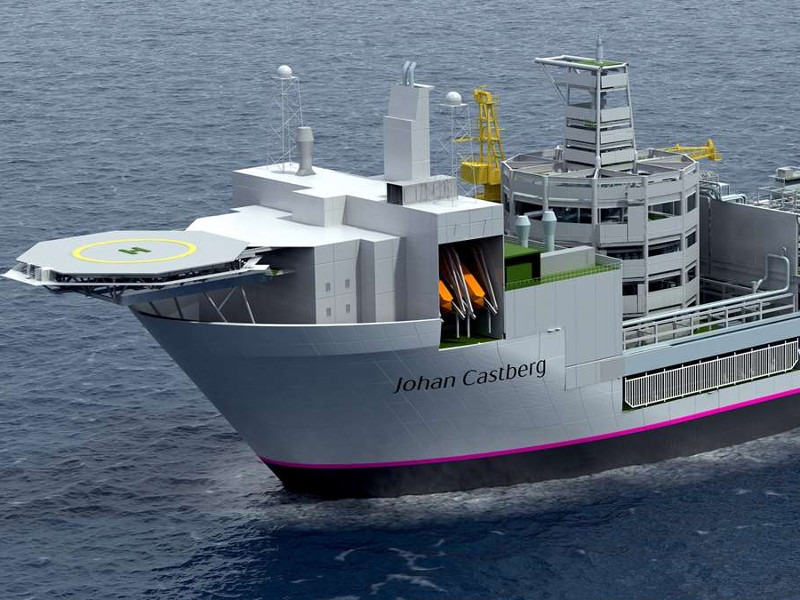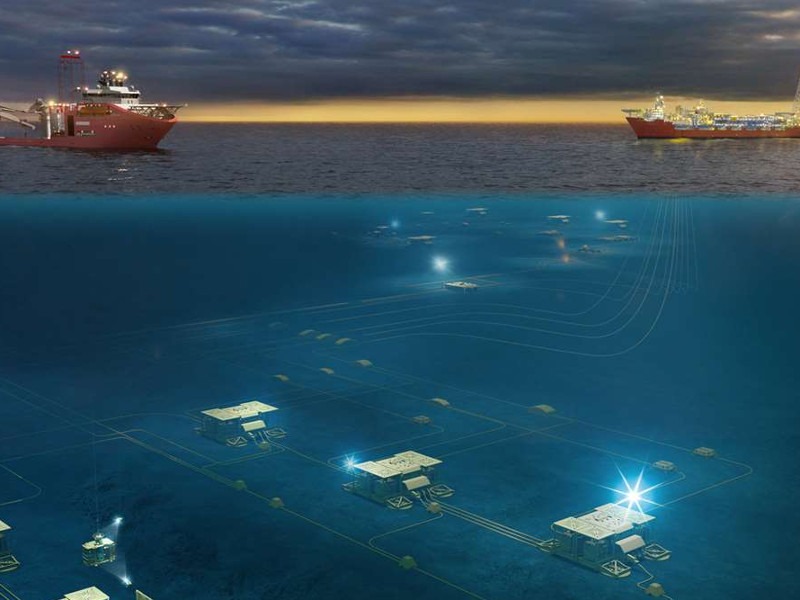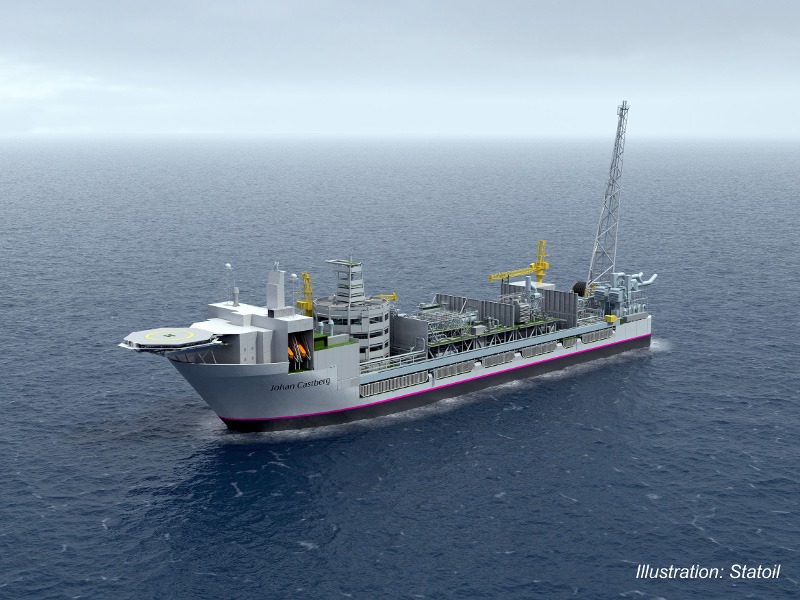Johan Castberg project includes the development of three oil fields Skrugard, Havis and Drivis, which are located in the Barents Sea, approximately 240km north-west of Hammerfest, offshore Norway.
The oil fields are owned by Equinor (50%, operator), Eni (30%), and Petoro (20%). The plan for development and operation (PDO) of the project was approved by the Norwegian government in June 2018.
The project is expected to be developed with an estimated investment of Nkr49bn ($5.73bn). First oil from the project is expected in 2022, while production from the field is expected to be 200,000 barrels of oil-equivalent per day.
Johan Castberg project location
All the three oil fields of the Johan Castberg project are situated in the production license (PL) 532 awarded in the 20th licensing round in 2009.
Project Gallery
-

Johan Castberg project will develop the Skrugard, Havis, and Drivis oil fields. Image courtesy of Aker Solutions.
-

The Johan Castberg project is expected to produce 200,000 barrels of oil equivalent per day. Image courtesy of Aker Solutions.
-

The project will include a floating production, storage, and offloading (FPSO) vessel. Image courtesy of Statoil.
The fields lie in water depths from 360m to 390m, 100km away from the Snøhvit field and 150km from Goliat field.
Johan Castberg project discovery, appraisal, and reserves
The Skrugard field was discovered in 2011 by the 7220/8-1 well drilled by the Polar Pioneer drilling rig. It was then considered as Norway’s biggest discoveries in ten years.
Skrugard was appraised by the 7220/5-1 appraisal well drilled using the Transocean Barents drilling rig in March 2012. The appraisal well encountered a 26m gas column and a 48m oil column in Middle and Lower Jurassic reservoir rocks.
The Havis field was discovered in 2012 by the 7220/7-1 well drilled by the Transocean Barents drilling rig. Drivis was discovered in 2014 by the 7220/7-3 well drilled by the West Hercules rig.
The Johan Castberg project is estimated to hold between 450 and 650 million barrels of oil in recoverable reserves.
Johan Castberg field development details
Johan Castberg project is planned to be developed through a floating, production, storage, and offloading (FPSO) vessel. A total of 18 horizontal production wells and 12 injection wells will be drilled for the project.
The FPSO will be equipped with two gas turbine generators, modules for water and chemical injection, and a flare boom. The living quarters of the FPSO will have a capacity to accommodate 140 personnel.
The subsea system of the field will comprise ten subsea templates, two satellite structures, control systems, and wellheads.
The oil produced on the FPSO will be transported through a 280km pipeline to a processing terminal located at Veidnes in the Nordkapp municipality in Finnmark county. It will be the first onshore oil terminal in the North Norwegian region.
Contractors involved
Equinor awarded the engineering, procurement, and construction (EPC) contract for the hull and living quarters of the FPSO to Sembcorp Marine.
Sembcorp Marine subcontracted Aker Solutions to design the living quarters of the FPSO. Both the companies were also involved in carrying out the preliminary studies of the project.
Aker Solutions was also selected to provide the subsea system, and engineering and procurement management services, while SBM Offshore was selected to deliver the turret mooring system for the FPSO.
ABB was selected to provide safety and automation systems, while IKM Ocean Design was contracted to perform pre-front end engineering design (FEED) for the project.
Kvaerner Engineering was contracted for the delivery of the topside modules of the FPSO, as well as for hook-up and integration of the topside modules with the hull.
Other contractors involved in the project include Multiconsult, Jotron, Kongsberg Oil & Gas Technologies, SUEZ, Energomontaż-Północ Gdynia, ProSep, KOSO Kent Introl, Siemens, Glamox, and Baker Hughes.
Alcatel Submarine Networks, Ocean Installer, PALFINGER MARINE, Vissim, Hummervoll Industribeleg, AF AeronMollier, MRC Global, and Subsea 7 are also involved in the development of the project.
